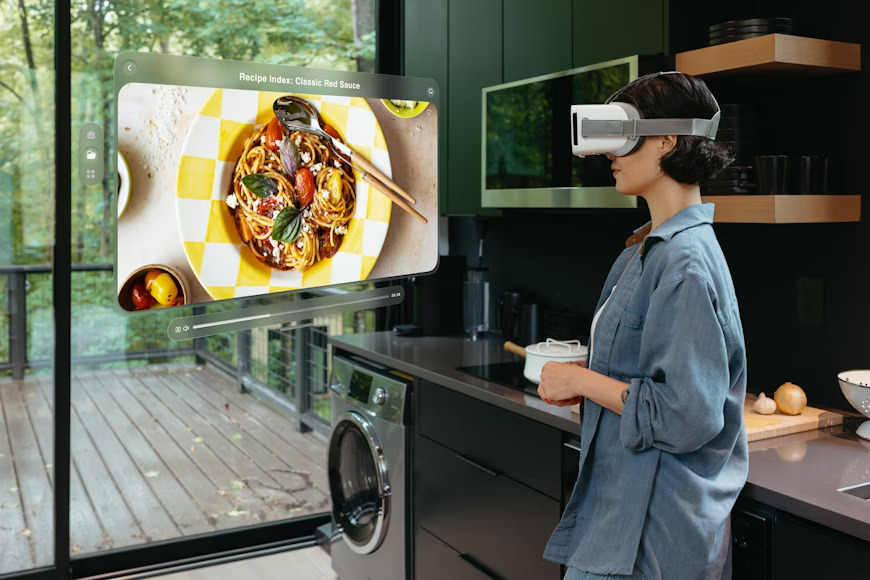See how next-gen e-commerce UX combines augmented reality, virtual reality, and frictionless checkout to boost trust, engagement, and sales in 2025.
Introduction
Online shopping is evolving beyond static product pages. In 2025, consumers expect immersive experiences, instant transactions, and clear signals of security. E-Commerce UX 2.0 blends cutting-edge technologies—augmented reality, virtual reality, and lightning-fast checkout—to create shopping journeys that feel personal, exciting, and effortless.
Why UX 2.0 Is a Game Changer
- Immersion Sells: AR and VR bridge the gap between physical and digital shopping.
- Speed Wins: Fewer steps to pay means fewer abandoned carts.
- Trust Matters: Clear signals of security and authenticity turn browsers into buyers.
- Competition Is Fierce: Superior UX differentiates your store in crowded markets.
Key Benefits for Retailers
- Reduced Returns – AR try-ons help buyers confirm fit and style before checkout.
- Higher Conversion Rates – Streamlined payments cut friction and hesitation.
- Brand Credibility – Trust badges, reviews, and transparent policies reassure shoppers.
- Customer Delight – Interactive, immersive experiences keep people coming back.
- Future-Proof Innovation – AR/VR integration positions brands for the next retail wave.

Practical Strategies for E-Commerce UX 2.0
- Implement Virtual Try-On: Fashion, eyewear, and furniture brands benefit from AR previews.
- Adopt One-Click Payments: Simplify checkout with stored cards, wallets, and biometric authentication.
- Display Trust Badges Prominently: SSL, verified payment gateways, and clear return policies build confidence.
- Optimize Mobile UX: Responsive design, thumb-friendly navigation, and auto-filled forms reduce drop-offs.
- Personalize Product Feeds: Use AI to recommend relevant products without clutter.
- Measure & Iterate: Track bounce, dwell, and conversion metrics to fine-tune continuously.
Common Pitfalls to Avoid
- Overcomplicating interfaces with unnecessary animations.
- Ignoring accessibility—alt text, clear contrast, and simple controls are essential.
- Forcing sign-ups before checkout, causing cart abandonment.
- Underestimating load speed—slow AR assets kill engagement.
Conclusion
E-Commerce UX 2.0 isn’t about flashy gimmicks; it’s about meaningful innovation. By merging immersive product interaction, instant payment, and visible trust signals, brands deliver a shopping experience that feels human, secure, and satisfying—fueling conversions today and loyalty tomorrow.


